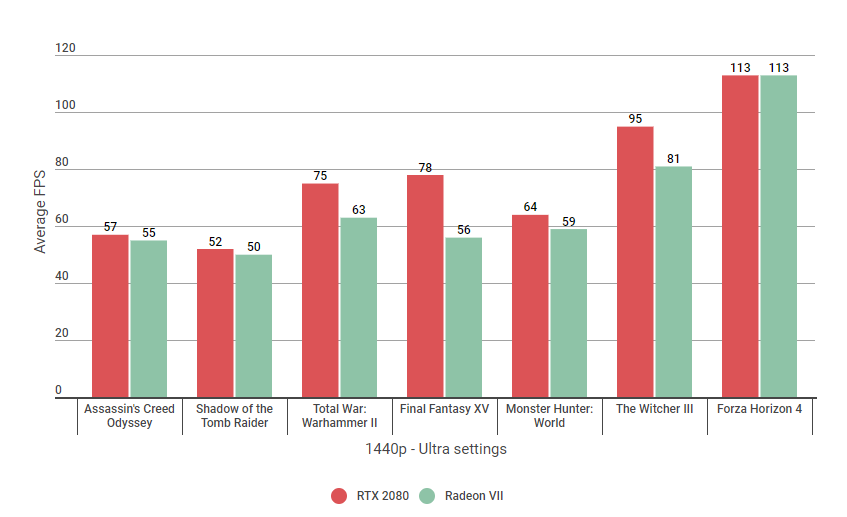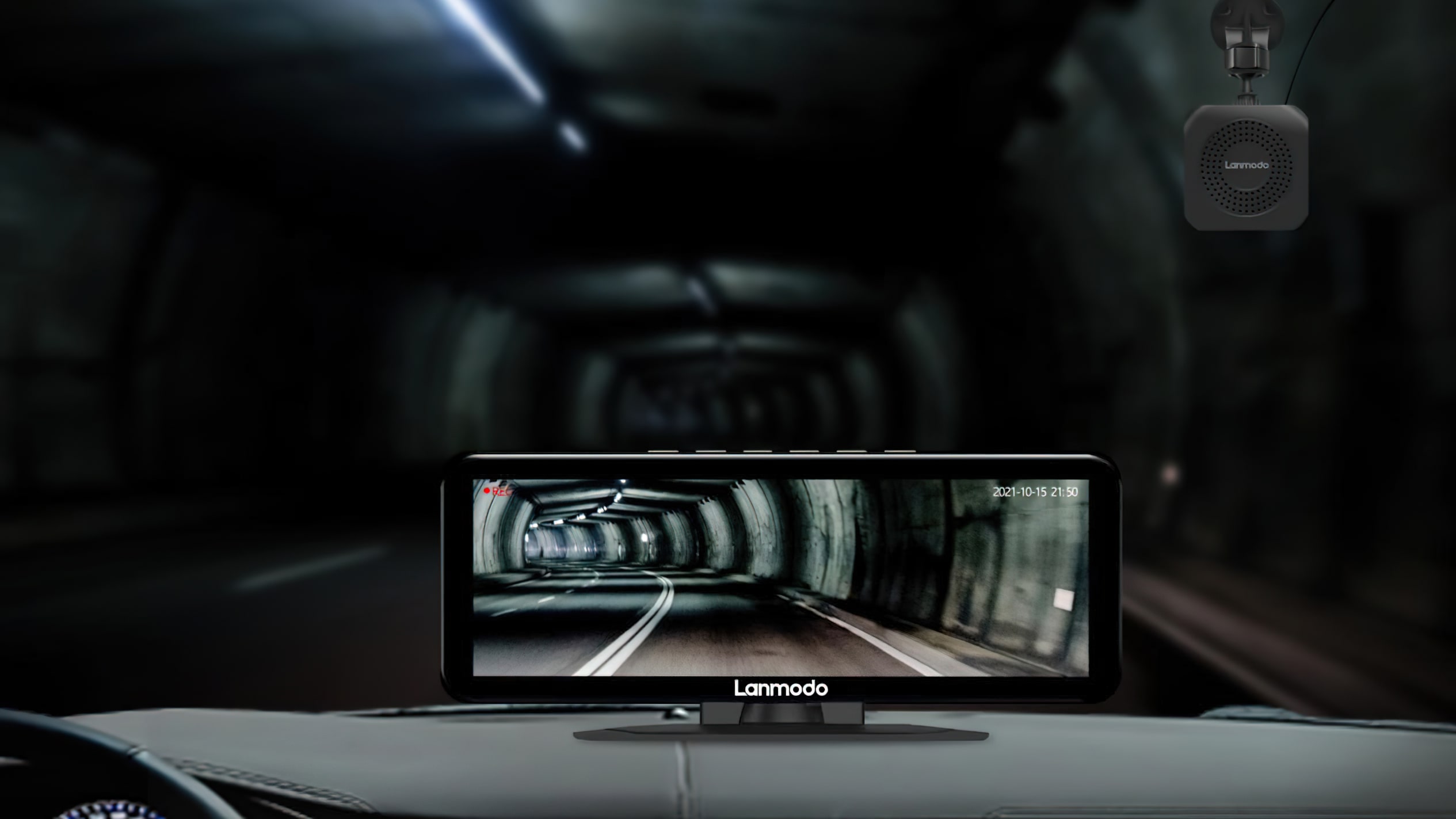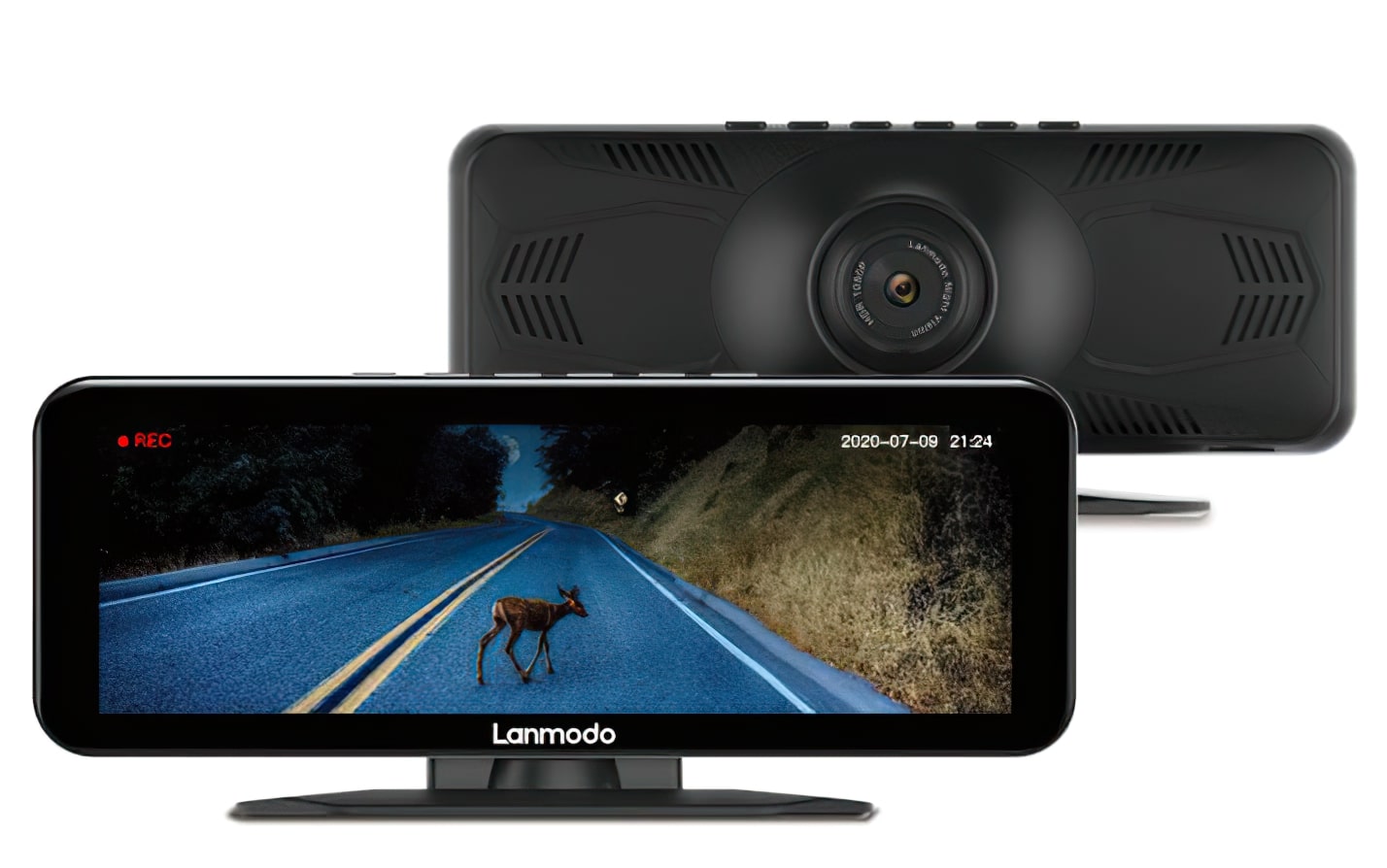
AMD’s Radeon 7 (or Radeon VII to provide it its correct, official styling) is lastly right here. Not solely is it the world’s first 7nm gaming card, however it’s additionally the primary client GPU to come back stacked with a whopping 16GB of reminiscence – that’s double what AMD caught on their earlier top-end card, the Radeon RX Vega 64, and 5GB greater than what you’ll discover on Nvidia’s GeForce RTX 2080 Ti (which is at the moment the best graphics card round should you occur to have a spare thousand smackers stashed away underneath a mattress someplace).
In fact, most games don’t want wherever close to that quantity of reminiscence simply but, and as you could have seen from my AMD Radeon 7 overview, it doesn’t actually find yourself being a lot assist relating to competing towards its foremost Nvidia competitor, the RTX 2080. So I assumed I’d take a more in-depth have a look at how they each stack up once more, this time by way of the medium of some pretty graphs, each at 4K throughout a wide range of completely different graphics settings in addition to what’s attainable on max settings at 2560×1440. To the bar charts!
Radeon VII vs RTX 2080: How we take a look at
You know the drill by now. Just like my RTX 2060 vs GTX 1060 and RTX 2080 vs GTX 1080 articles, I’ve examined each AMD’s Radeon 7 and Nvidia’s RTX 2080 Founders Edition with just about each game I at the moment use as a part of my basic benchmarking suite. This contains Shadow of the Tomb Raider, Final Fantasy XV, Assassin’s Creed Odyssey, Forza Horizon 4, The Witcher III, Total War: Warhammer II and Monster Hunter: World. The just one I’ve left off is Doom, as a result of all the things can run Doom at ludicrous body charges and I don’t assume it actually provides a lot to the general dialog.
I’ve additionally examined every card with my Intel Core i5-8600Ok CPU and 16GB of RAM, and jotted down the common body charge throughout a wide range of resolutions and graphics settings. I’ll begin with the way it does at 4K, as that’s the primary cause why you’d be shopping for one in all these playing cards within the first place, however you’ll additionally discover how they fare on max settings at 2560×1440 as nicely, as a result of why not?
Radeon VII vs RTX 2080: 4K efficiency
Starting with what the Radeon 7 and RTX 2080 can do on 4K Ultra settings, the RTX 2080 has a transparent benefit right here virtually throughout the board. The solely game the place the Radeon 7 really comes out on prime is Assassin’s Creed Odyssey, the place its common benchmark rating was only a single body in entrance of its Nvidia rival.
That’s not the one game the place they arrive inside a hair’s breadth of one another, both. As I discussed in my Radeon 7 overview, the 2 playing cards are just about neck and neck in each Monster Hunter: World and Shadow of the Tomb Raider (with its SMAATx2 anti-aliasing enabled), and even the hole in Forza Horizon Four isn’t actually that giant general.
That mentioned, there are nonetheless different circumstances the place the RTX 2080 has the clear benefit, similar to in Total War: Warhammer II, Final Fantasy XV (with the entire Nvidia results turned off, I’d add) and The Witcher III, the place the RTX 2080 provides considerably smoother body charges than the Radeon 7.
Really, although, Ultra is a bit past what both graphics card is absolutely able to for the time being (at the very least for giant new blockbusters), so that you’ll in all probability need to be sticking with both High or Medium settings should you’re after that silky clean 60fps. Below, you’ll see how they fare on 4K High settings, except Forza Horizon Four because it was already nicely above the 60fps mark on Ultra.
Here, it’s a a lot tighter race between the 2 playing cards, and on the entire each of them cope fairly nicely on High, a lot in order that you might in all probability get away with utilizing this setting fairly comfortably in a lot of at this time’s large games. Final Fantasy XV continues to be a little bit of a troublesome nut on this setting, but when graphical constancy issues extra to you than the form of body charge you’re getting, then High is definitely doable on each the Radeon 7 and RTX 2080.
Overall, nevertheless, the RTX 2080 nonetheless has the higher hand, significantly relating to these extra borderline circumstances similar to FFXV and Total War: Warhammer II. The latter demonstrates this fairly nicely, as you’ll discover the Radeon 7’s common body charge of 42fps on High is definitely the identical as what the RTX 2080 managed over on Ultra.
What’s extra, should you have a look at the graph for Medium 4K settings under (once more omitting the games that have been already just about at 60fps on High), you’ll discover a comparable story for Final Fantasy XV, too, with the Radeon 7 managing roughly the identical velocity on the game’s Average setting because the RTX 2080 did on High (and ditto once more for Total War).
That won’t hassle some folks, after all, however when the RTX 2080 can at the moment be had for roughly the identical worth because the Radeon 7 (and even a tenner or so less in the UK), I simply can’t see any conceivable cause why you wouldn’t need to go together with the RTX 2080 should you’re excited about shopping for a 4K graphics card. There’s an argument to be made that the Radeon 7’s bigger reminiscence banks are a lot better suited to extra basic content material creation duties similar to skilled 4K / 8K video enhancing instruments and the like, however should you solely ever use your PC for gaming then the RTX 2080 is arms down the superior 4K graphics card proper now.
Radeon VII vs RTX 2080: 1440p efficiency
The similar may be mentioned of the RTX 2080 relating to its efficiency at 2560×1440 on Ultra settings, too. While the Radeon 7 is completely able to hitting 60fps in most games right here, which is all you actually need should you solely have a 60Hz monitor at your disposal, the RTX 2080 can usually achieve this rather more, making it a greater match for screens with larger refresh charges.
Sure, there are some circumstances as soon as once more the place every card is just about an identical in velocity, however it’s nonetheless the RTX 2080 that comes out on prime general, even when generally it’s solely by a few frames. Again, this wouldn’t be so dangerous if the Radeon 7 was considerably cheaper than the RTX 2080, however once you’re spending upwards of £650 / $699 on every graphics card at time of writing, you actually need to be getting absolutely the bestest greatest in your cash – and primarily based off these common body charges, I’ve to aspect with the RTX 2080 on this case over the Radeon 7.
(And actually, should you’re after a graphics card that may do 60fps at 1440p on max-ish settings, do your self a favour and purchase the infinitely cheaper RTX 2060, as a result of that might be a much better use of your cash than both of those 4K pixel-pushers.)
Radeon VII vs RTX 2080: Conclusion
So sure, should you’re searching for the very best 4K graphics card for gaming for the time being that doesn’t contain spending over a grand on the RTX 2080 Ti, I feel the RTX 2080 makes a fairly robust case for itself. The Radeon 7 might bounce again if it ever drops from its launch worth of £649 / $699, however proper now, the £640+ / $710+ RTX 2080 is a lot better worth for cash.
Aside: and sure, I’ve solely simply realised I ought to have used the *different* color for every card in the entire graphs I’ve created above, for which I’m deeply sorry and apologise for messing with the AMD pink and Nvidia inexperienced dynamic that’s been so firmly rooted in everybody’s brains. Next time I’ll do higher.






